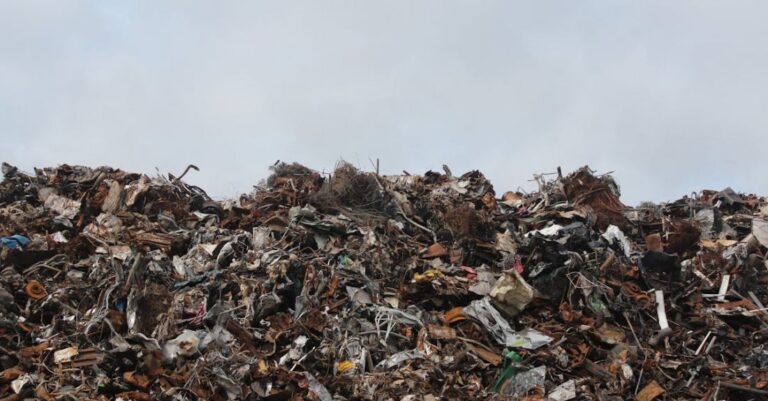
Natural habitats around the world are facing unprecedented threats from human activities, resulting in the rapid decline of biodiversity and the loss of essential ecosystems. These habitats provide crucial resources for countless plant and animal species, making their preservation a matter of utmost importance. From tropical rainforests to coral reefs, various ecosystems are at risk of disappearing if immediate action is not taken to protect them. In this article, we will explore some of the most threatened natural habitats and the pressing need for conservation efforts to safeguard their future.
Tropical Rainforests: The Lungs of the Earth
Tropical rainforests, often referred to as the “lungs of the Earth,” play a vital role in regulating the planet’s climate by absorbing carbon dioxide and releasing oxygen through photosynthesis. These lush ecosystems are home to an incredible array of plant and animal species, many of which are found nowhere else on Earth. However, deforestation, primarily driven by logging, agriculture, and mining, poses a severe threat to tropical rainforests worldwide. The loss of these habitats not only contributes to climate change but also leads to the extinction of countless species every day.
Coral Reefs: Underwater Wonderlands
Coral reefs are among the most diverse and productive ecosystems on the planet, supporting a quarter of all marine species despite covering less than 1% of the ocean floor. These vibrant underwater wonderlands play a crucial role in marine biodiversity and provide essential resources for millions of people who rely on them for food and livelihoods. However, coral reefs are under threat from a combination of factors, including climate change, ocean acidification, overfishing, and pollution. As a result, many coral reefs are experiencing mass bleaching events and are at risk of disappearing entirely if immediate action is not taken to protect them.
Mangrove Forests: Guardians of the Coast
Mangrove forests are coastal ecosystems that thrive in brackish water, where freshwater from rivers mixes with seawater. These unique habitats serve as natural barriers against coastal erosion, storm surges, and tsunamis, protecting coastal communities and infrastructure from the impacts of extreme weather events. Mangrove forests also provide critical nursery grounds for a wide variety of fish and other marine species, supporting local fisheries and livelihoods. However, mangrove forests are being cleared for aquaculture, urban development, and agriculture, leading to the loss of these valuable ecosystems and the services they provide.
Grasslands: Vast and Diverse Ecosystems
Grasslands are vast ecosystems dominated by grasses and herbaceous plants, covering approximately one-quarter of the Earth’s land surface. These diverse habitats support a wide range of wildlife, including large herbivores such as bison, gazelles, and wildebeest, as well as predators like lions, cheetahs, and wolves. Grasslands also provide essential ecosystem services, such as carbon sequestration, soil formation, and water filtration. However, grasslands are under threat from habitat conversion for agriculture, urbanization, and infrastructure development, leading to the fragmentation and degradation of these valuable ecosystems.
The Urgency of Conservation Efforts
The loss of natural habitats around the world poses a significant threat to biodiversity, ecosystem services, and human well-being. It is crucial that we prioritize conservation efforts to protect these valuable ecosystems and ensure their long-term survival. Governments, organizations, and individuals must work together to implement sustainable land-use practices, reduce greenhouse gas emissions, combat illegal wildlife trade, and promote habitat restoration initiatives. By taking proactive steps to safeguard our natural habitats, we can help preserve the incredible diversity of life on Earth for future generations to enjoy.
In conclusion, the most threatened natural habitats, including tropical rainforests, coral reefs, mangrove forests, and grasslands, are facing unprecedented challenges that require immediate action to address. Conservation efforts are essential to protect these valuable ecosystems and the countless plant and animal species that depend on them for survival. By raising awareness, advocating for policies that prioritize conservation, and supporting sustainable practices, we can work together to ensure the preservation of our planet’s most precious natural treasures.





